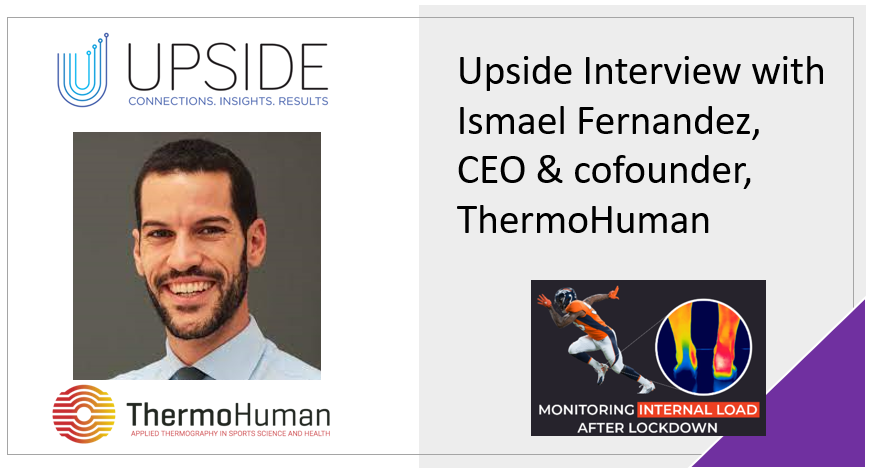This week we had the honor to interview Ismael Fernandez, CEO of ThermoHuman, a leading company in the thermography space, which helps teams reduce muscle injuries and quantify internal load. ? Show Notes: Through this interview, we touched on his background, his company, your product and how it benefits the…
Share This Story, Choose Your Platform!
Total reviews
Persons recommended this product
Anonymous
Shopper
check_circle Verified
Shop owner replied
Anonymous
Shopper
check_circle Verified
Shop owner replied
Thanks for your review!
Your feedback helps us improve our service.
There are no reviews yet.
Be the first to review “ ”
Please log in to submit a review.
Don't have an account? Register here .
Only logged in customers who have purchased this product may leave a review



